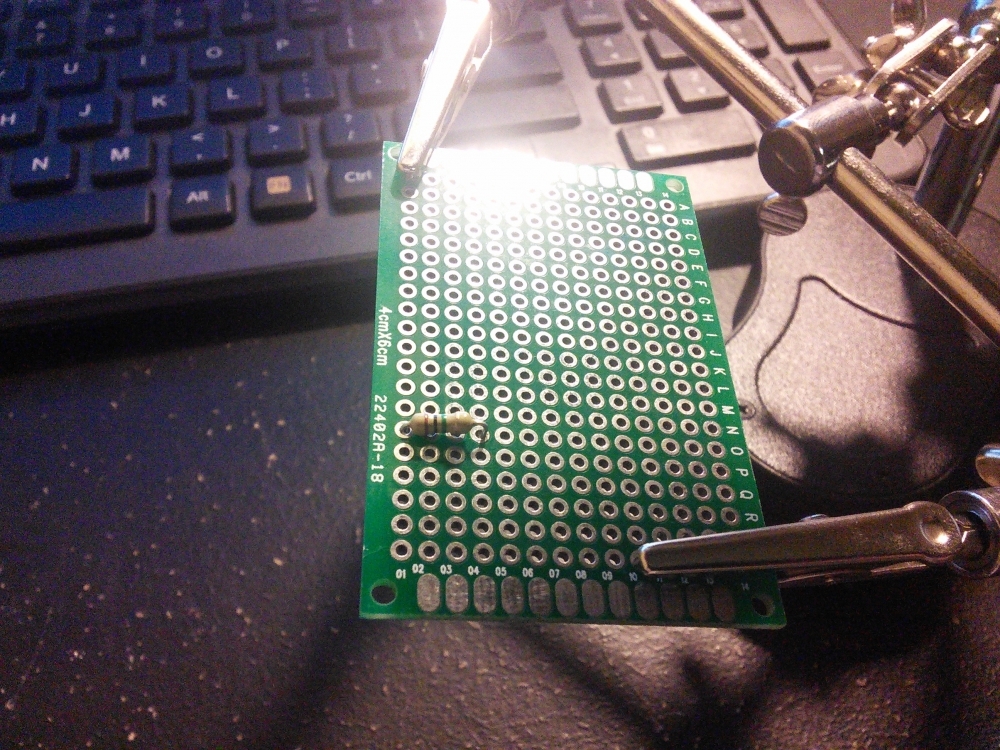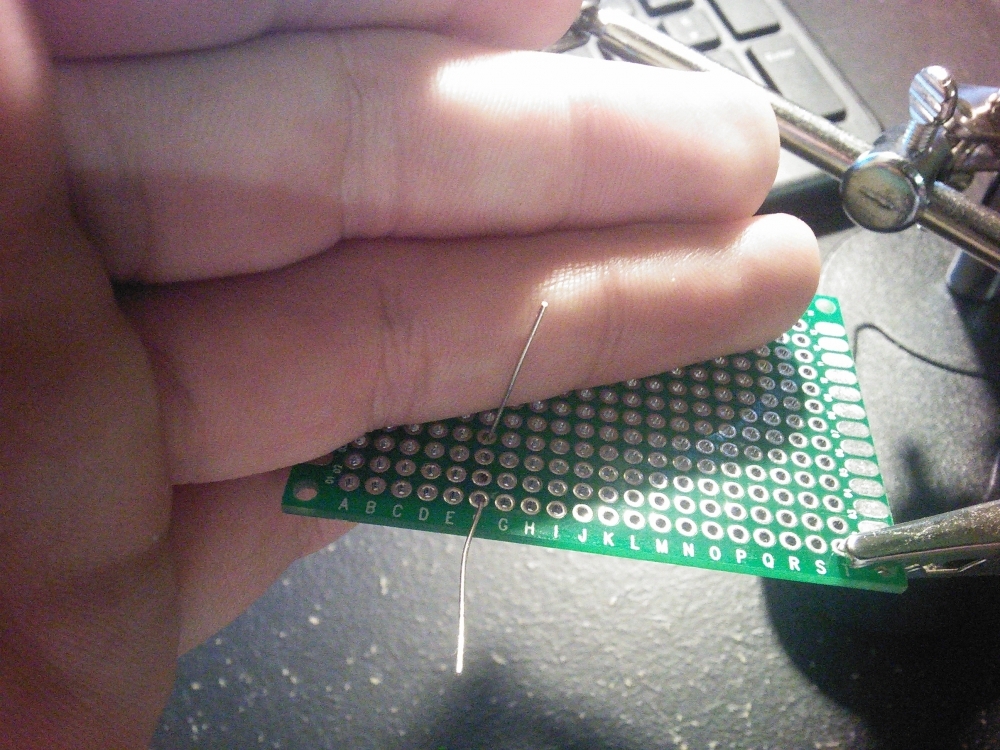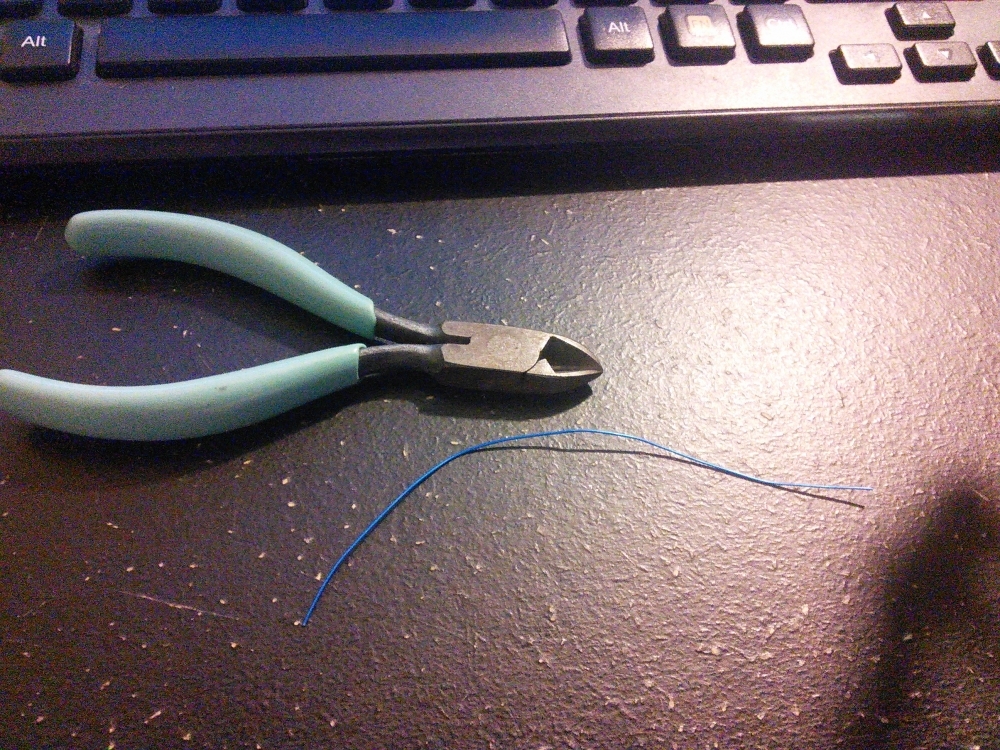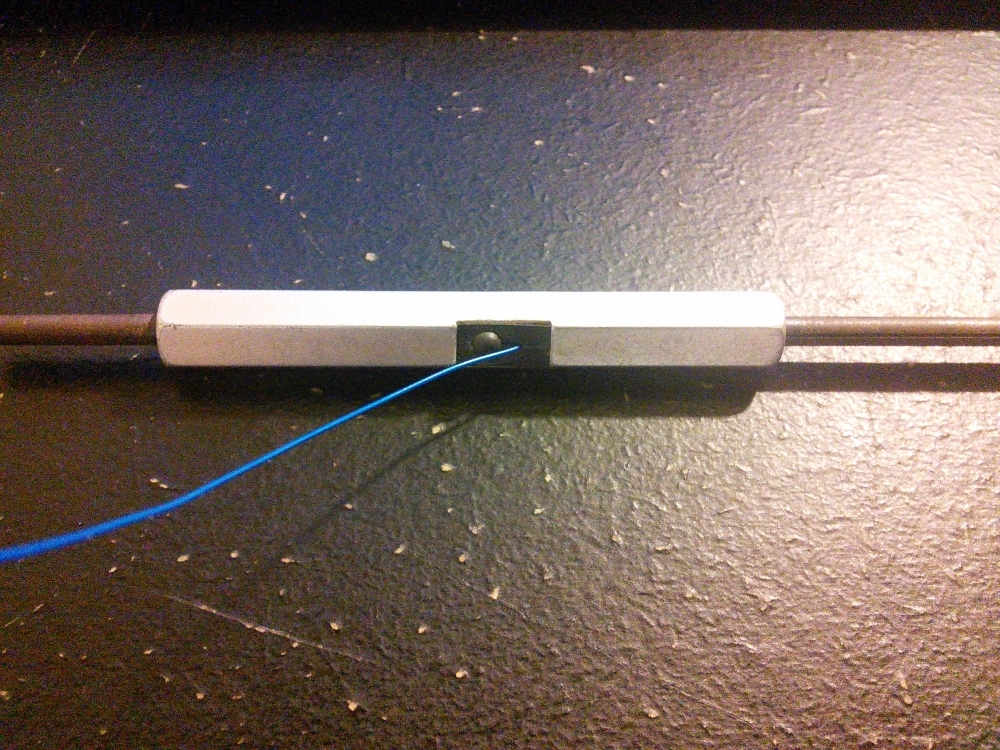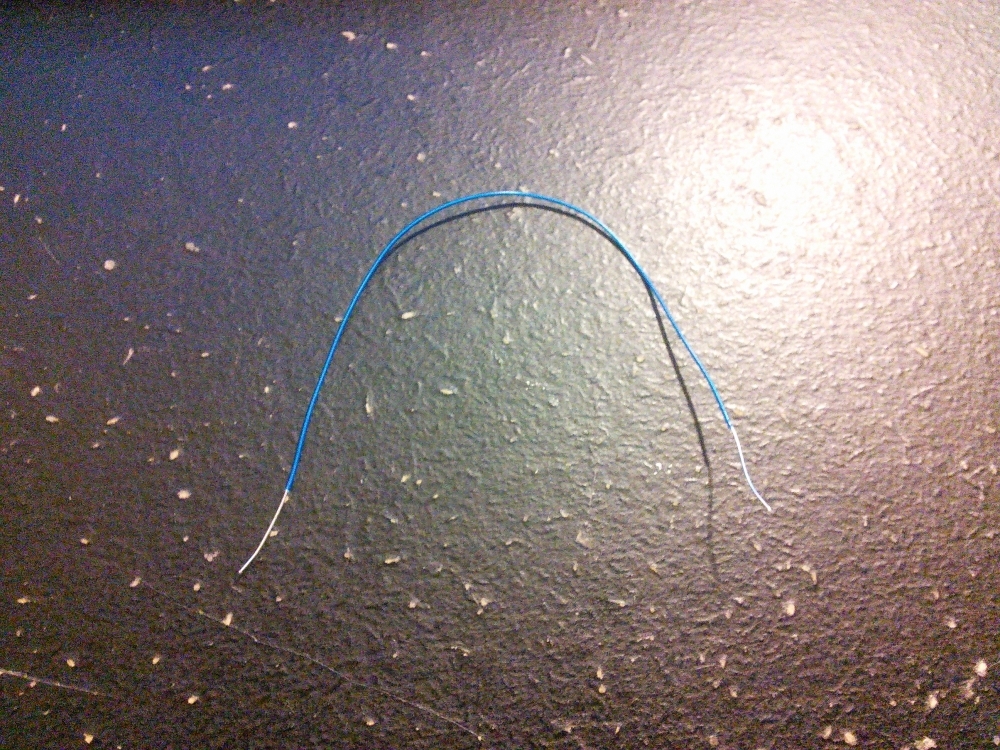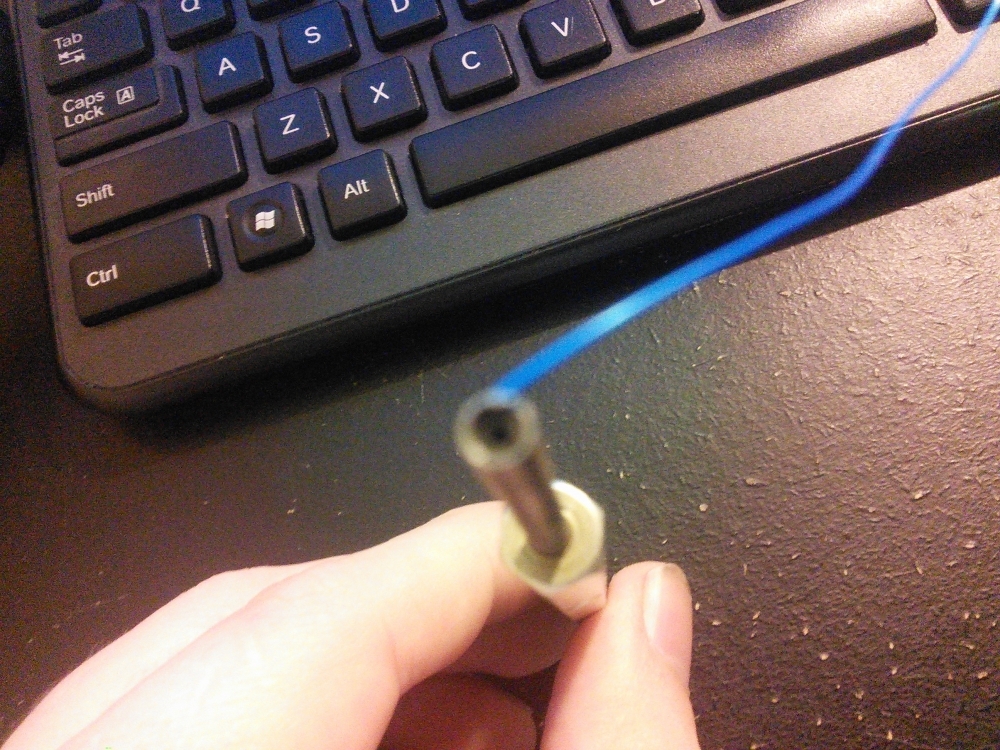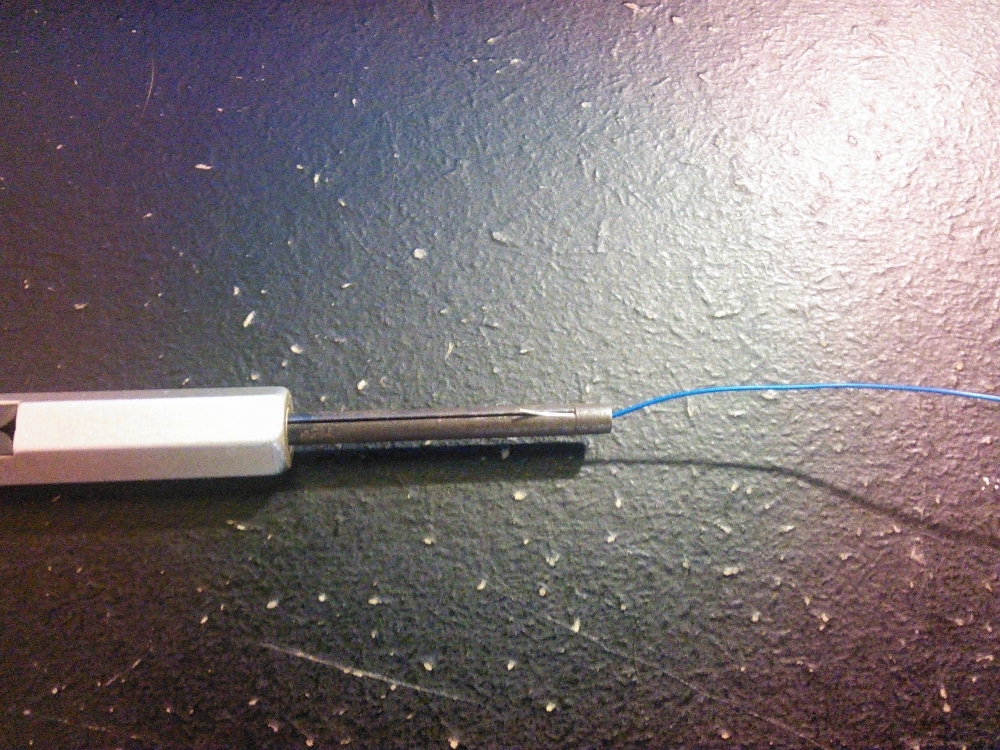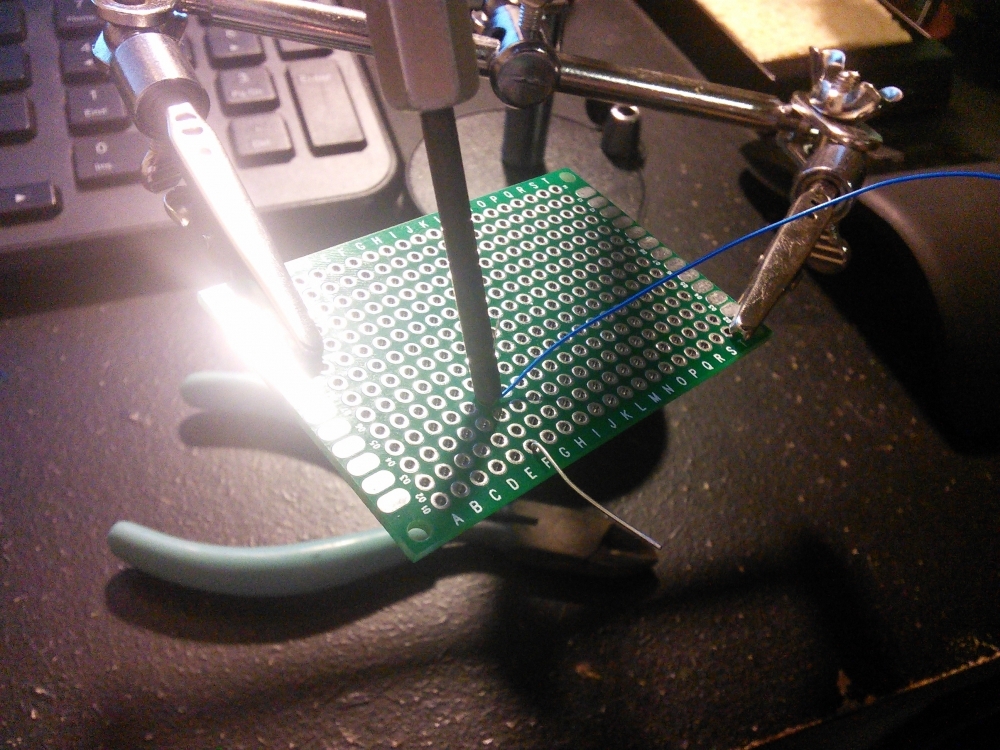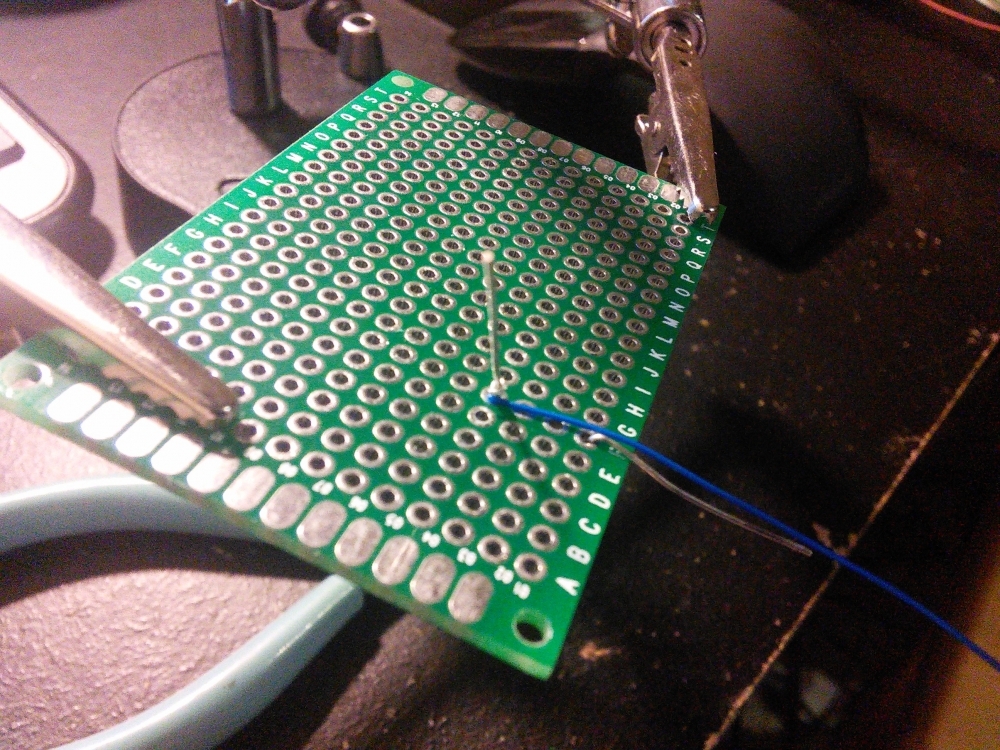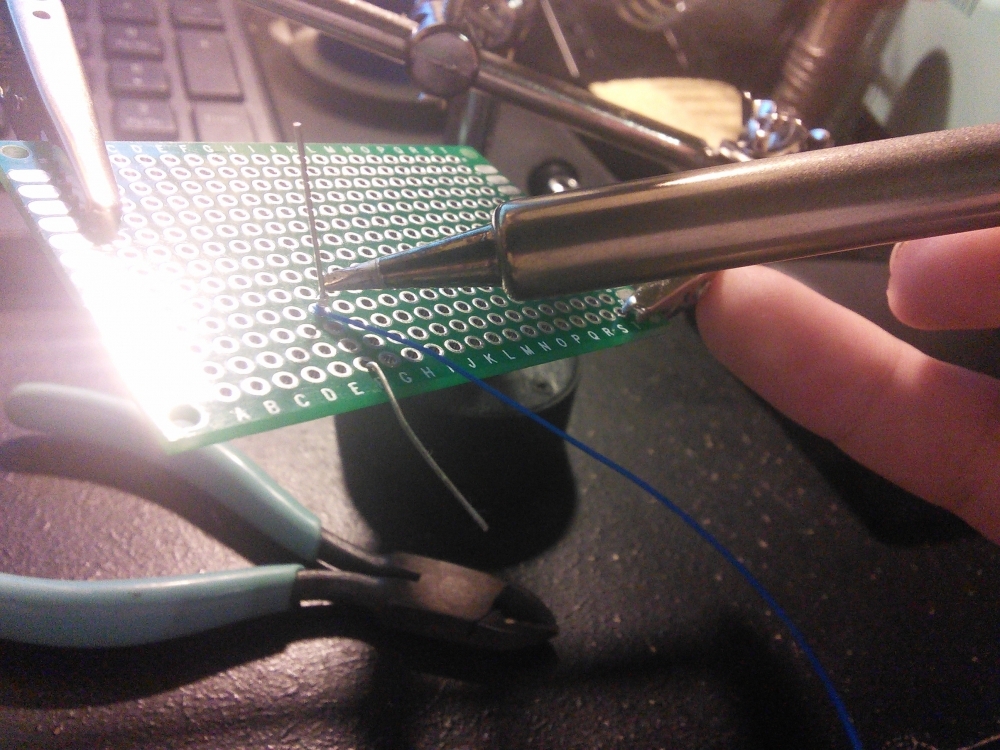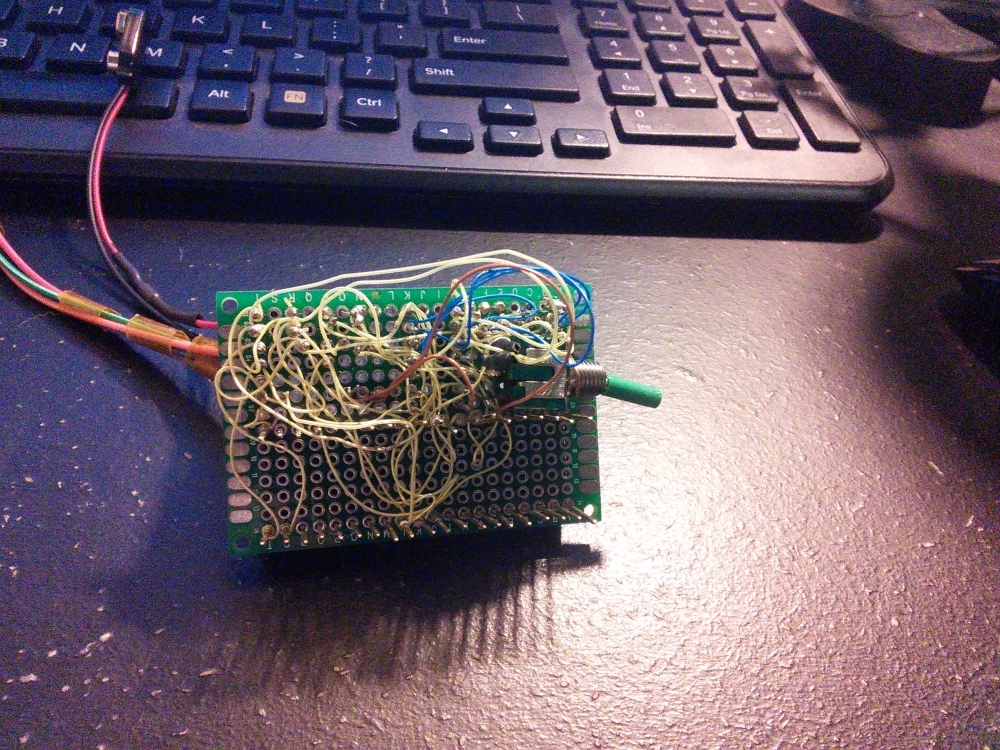Mechanical Pencil Solder Trick
Credit to bneo99 from Instructables for this trick.
Load solder into a mechanical pencil to dispense it easily in hard to reach places.
Loading the solder is fairly self explanatory, take out the eraser and put the wire in. If you struggle to get it to work make sure the gauge of the solder matches the pencil. If all else fails try another pencil or cut a length of wire off and insert it from the front of the pencil while holding down the clicking mechanism.
I struggled to get the solder to feed through my pencil, but eventually managed to get it to feed through.
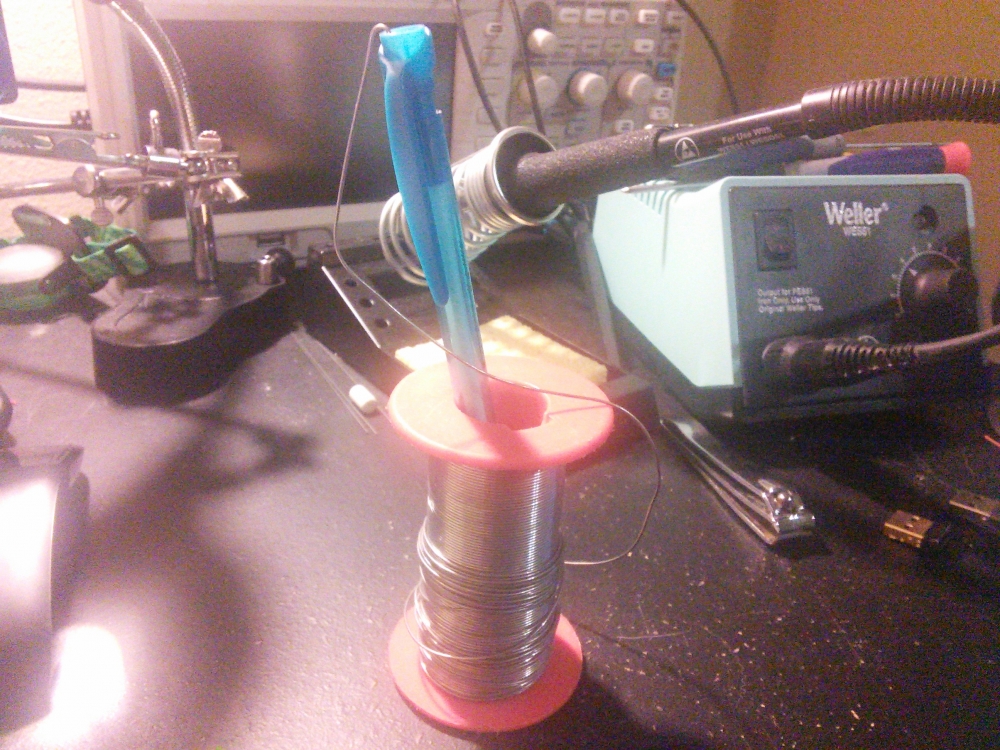
The original Instructables article states that this would be a useful way to carry solder with you.
In addition to the portability aspect I think that it also may help when working in cramped places that are difficult to reach and precisely add small amounts of solder.
This may also be useful for people who have lost some feeling in their fingers and need something larger to grab onto than the solder wire itself.
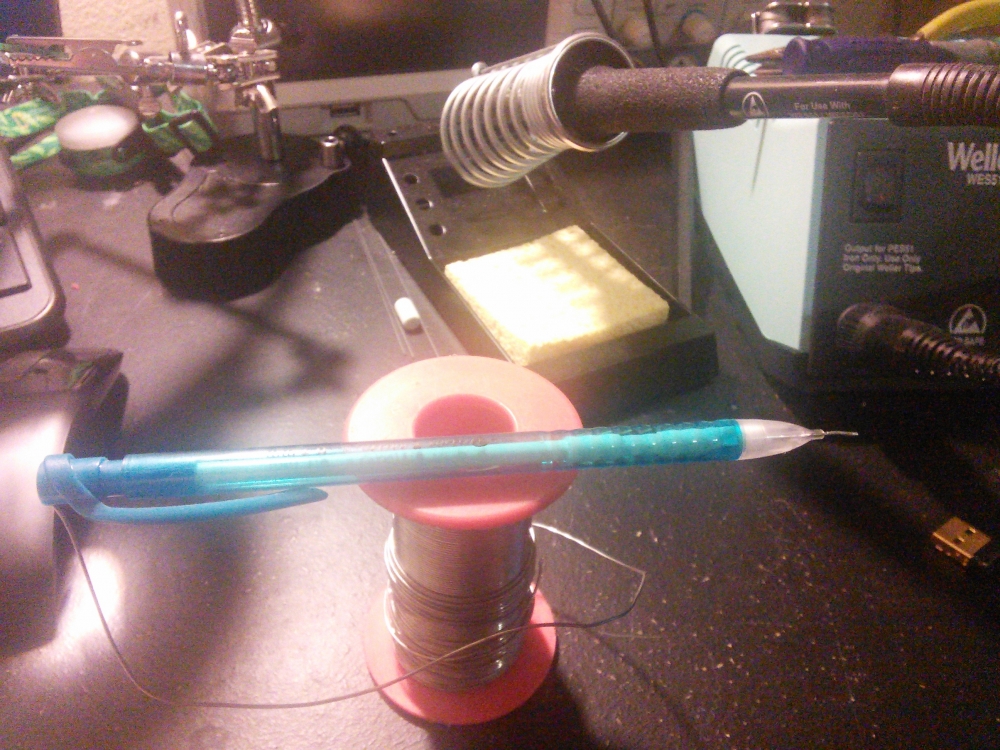
Let me know in the comments if you find any interesting uses for this method of dispensing solder.
